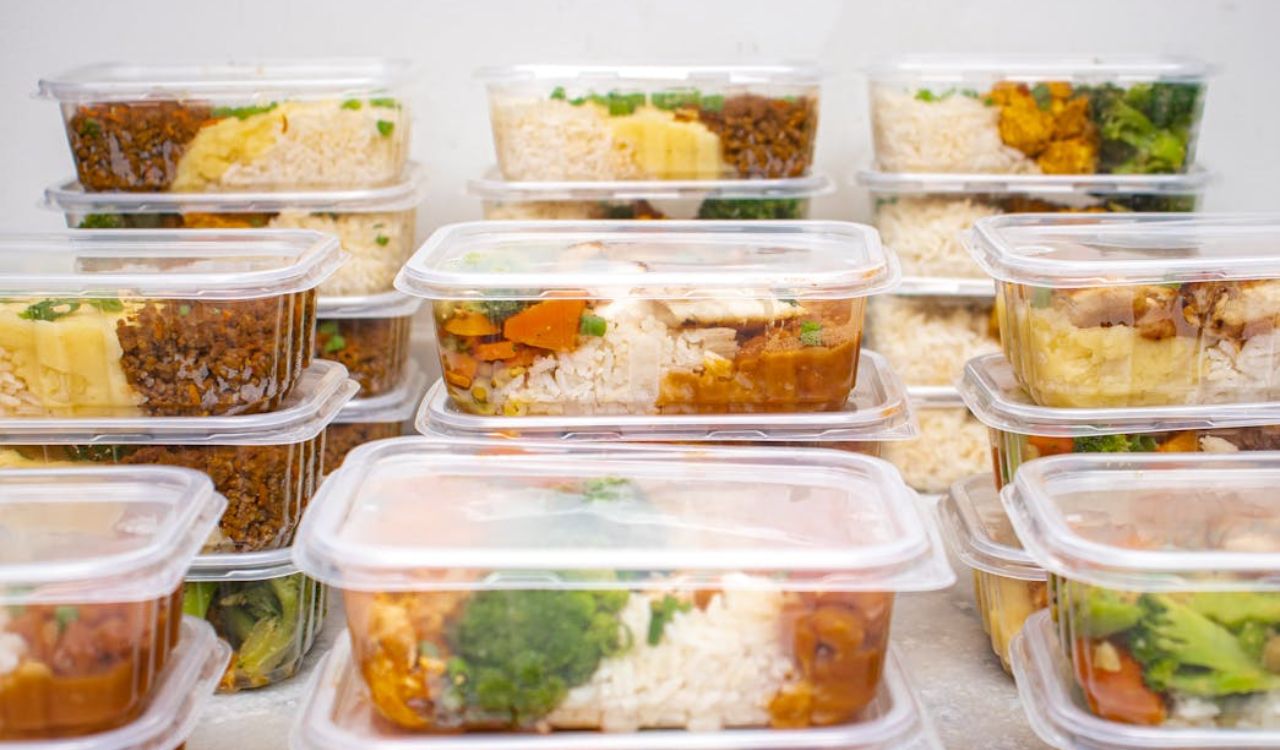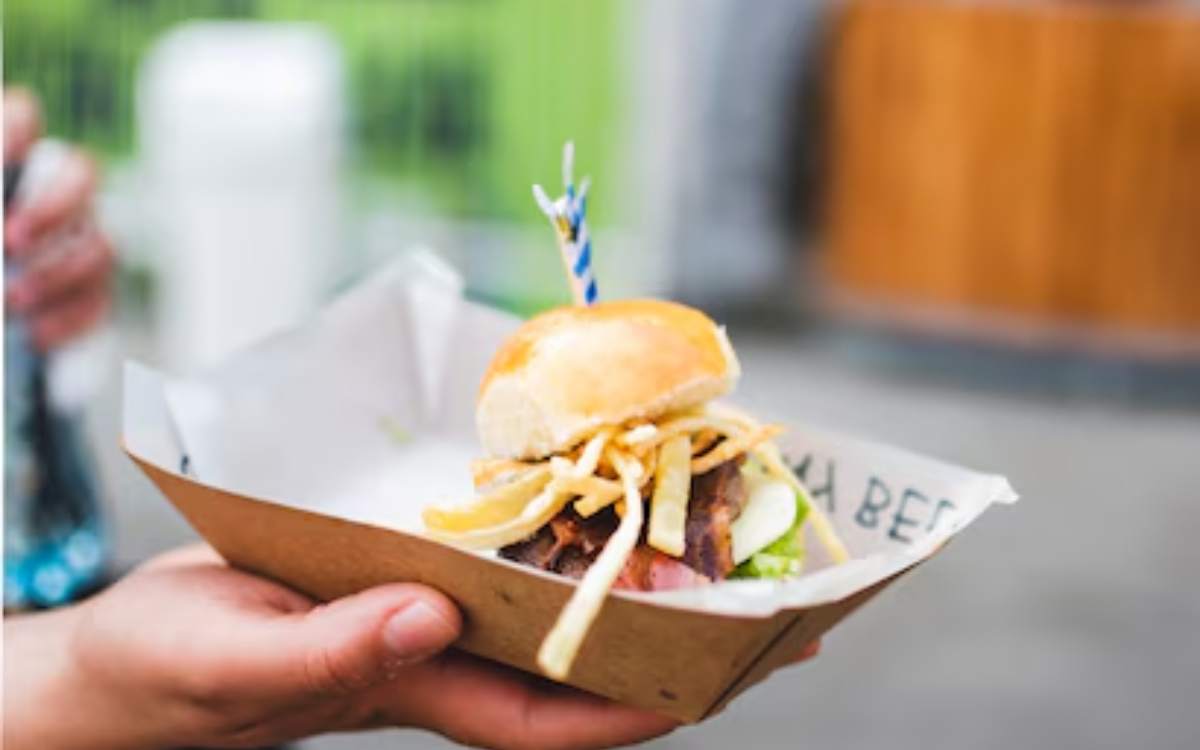7 Grocery Traditions from the 80s That Have Disappeared
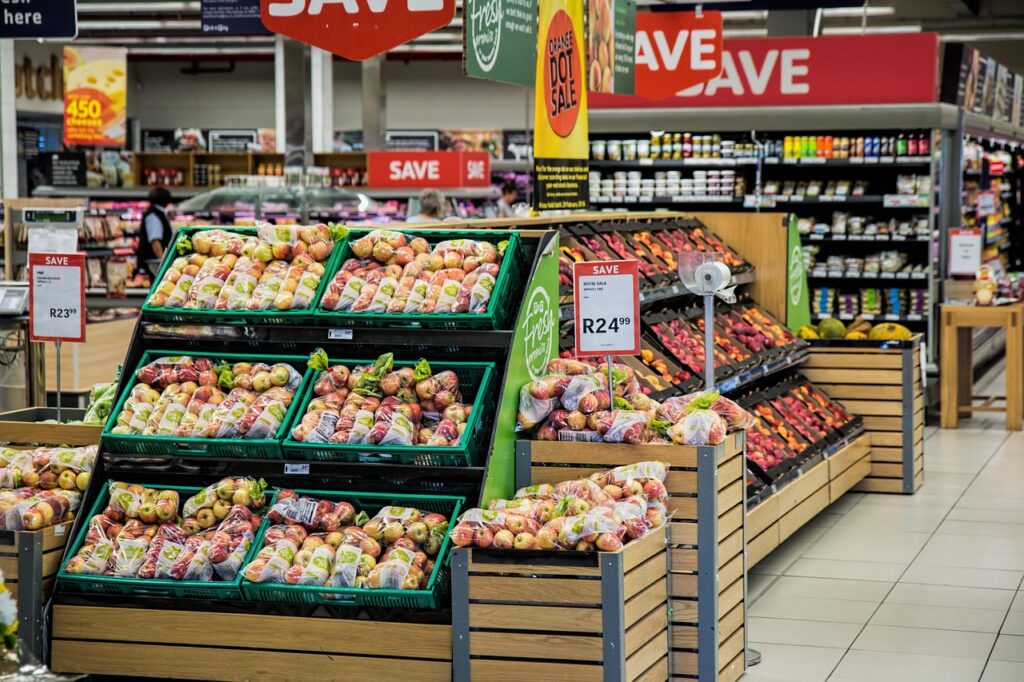
Grocery shopping in the 80s carried a charm that feels almost unimaginable today. Stores moved at a slower pace, conversations with clerks felt genuine, and every aisle held small rituals that shaped how people shopped and discovered new products. Shoppers compared brands carefully, browsed weekly deals with anticipation, and often knew employees by name. These routines created a sense of comfort and community that modern convenience has gradually replaced.
1. Saturday Family Grocery Trips That Lasted for Hours

There was a time when grocery shopping felt almost like a small community event, when families walked every aisle with no hurry and treated the store as both a chore and an outing. In the 80s, slower weekends meant shoppers compared prices by hand, waited for in-store samples, and let kids explore cereal shelves lined with colorful mascots. These longer trips also reflected the lack of online shopping, limited convenience stores, and fewer time-saving options. As schedules grew tighter and technology replaced in-store browsing, these leisurely multi-hour Saturday trips slowly disappeared from daily life, ending an era of slower, more intentional grocery habits.
2. Cashiers Bagging Your Groceries for You at Checkout
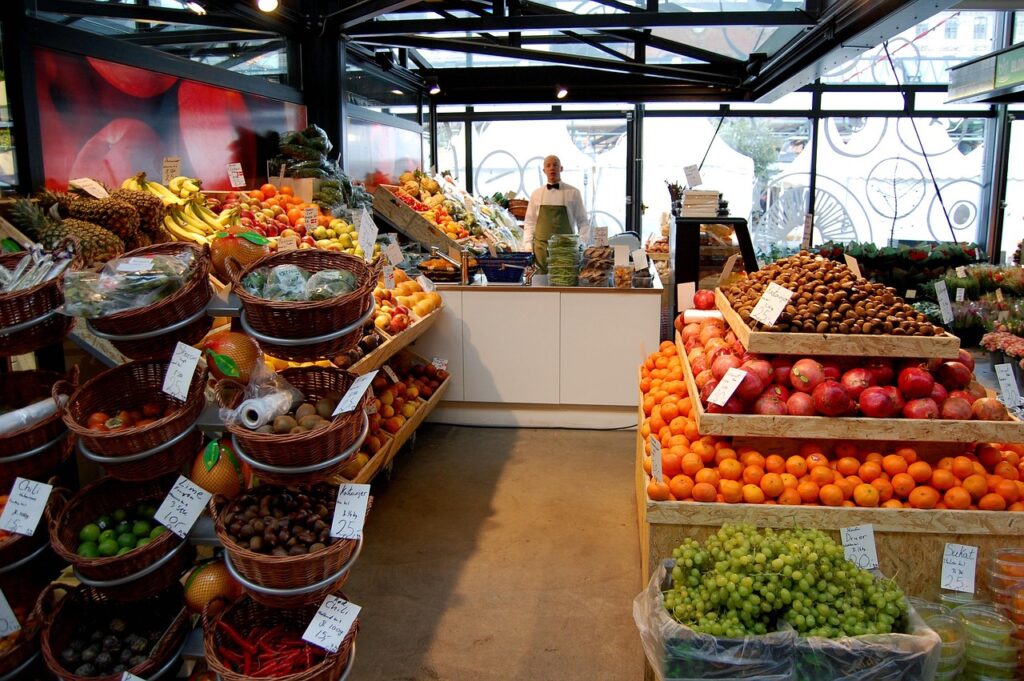
What once felt like a simple courtesy was actually a full service that shaped the entire checkout experience. Cashiers not only scanned items but also packed bags carefully, balancing weight, protecting fragile foods, and often offering small bits of conversation. This practice was rooted in the belief that service mattered as much as product. But rising labor costs, the spread of self-checkout lanes, and efficiency-focused store layouts slowly shifted this task to shoppers. While some stores still offer occasional help, the consistent, friendly bagging service of the 80s has become a rarity in modern grocery culture.
3. Collecting Box Tops and Physical Stamp-Saving Programs
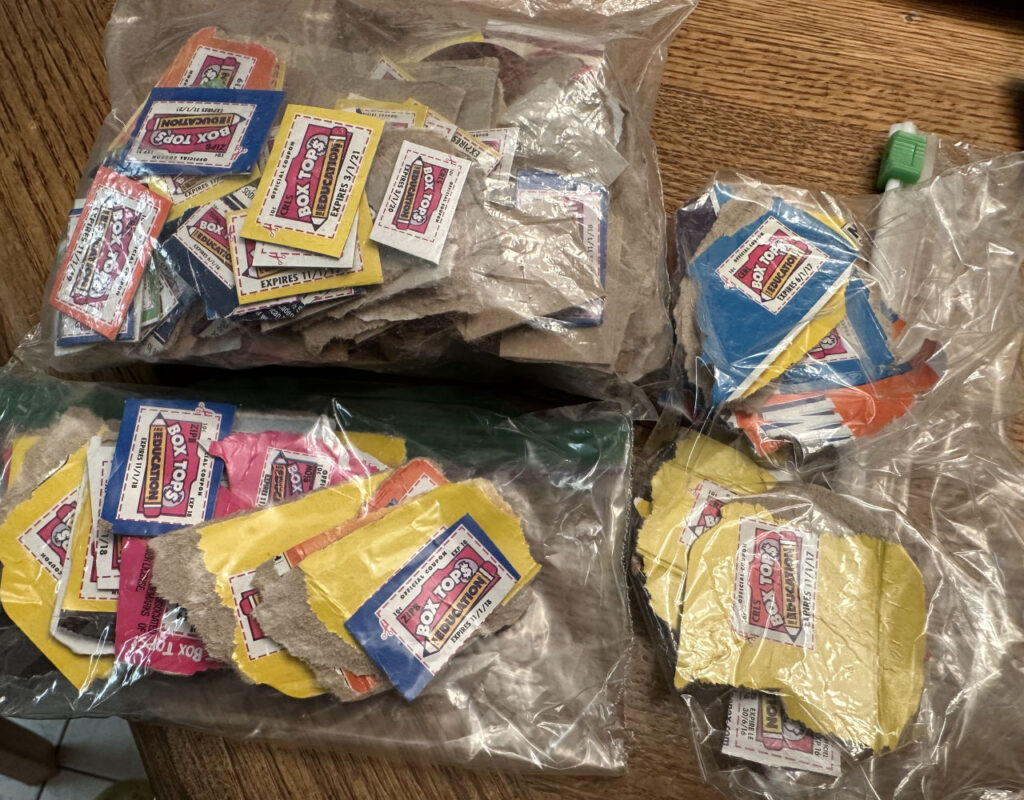
The simple act of clipping and collecting box tops or stamps turned everyday grocery purchases into small goals that felt tangible and rewarding. People saved them in envelopes or jars, building toward cookware, small appliances, or school contributions. These programs encouraged loyalty and added a sense of progress that stretched beyond the checkout lane. But as digital rewards programs, automated coupons, and targeted apps became the norm, physical collection systems faded. The disappearance of these hands-on savings rituals also removed a small but meaningful family activity that connected shopping with anticipation and reward.
4. In-Store Hand-Cranked Coffee Grinding Stations
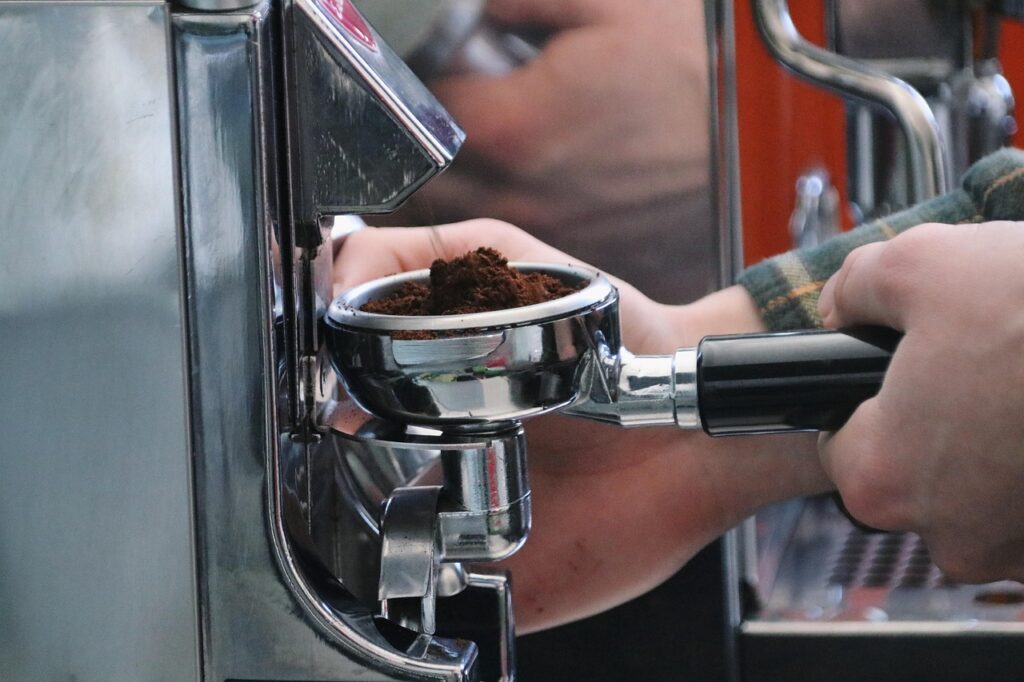
Grocery stores once offered customers the chance to grind their own coffee beans in communal, occasionally noisy corner stations where the aroma of fresh grounds filled the aisle. Shoppers could choose roast levels or grind texture and enjoyed the satisfaction of preparing something tailored to their preference. But as pre-ground specialty blends, single-serve pods, and in-store cafés expanded, the need for public grinders declined. Maintenance and hygiene concerns also contributed to their removal. The loss of these stations marks a shift from hands-on freshness to convenience-driven coffee habits that now dominate the market.
5. Video Rental Sections Inside Grocery Stores

For many families, grocery shopping also meant picking out a movie for the weekend right from the store’s rental shelf. Rows of VHS tapes lined the aisles, letting people browse new releases and old favorites while finishing their grocery run. It was a one-stop ritual that connected food and entertainment in a single trip. As DVD rental chains grew and later streaming platforms took over home entertainment, these in-store rental corners disappeared entirely. Their absence reflects how digital access replaced the once-familiar experience of discovering movies between the freezer section and the snack aisle.
6. Generic Black-and-White No Name Grocery Brands

In the 80s, shelves commonly displayed stark black-and-white packaging that signaled budget-friendly choices without visual flair. These no-name brands were intentionally plain so shoppers could distinguish value products quickly. Over time, private labels evolved into polished store brands with branding, design, and quality upgrades that match national labels. With modern shoppers expecting reliability and aesthetic appeal, the simple monochrome packaging became outdated. Its disappearance highlights a broader shift toward marketing-driven presentation and the importance of visual trust in grocery purchasing decisions.
7. In-Store Cigarette Aisles and Open Tobacco Displays

There was a period when cigarettes were sold openly in grocery aisles, visible and easily accessible to any adult customer. Shoppers could browse brands, compare prices, and pick up packs as casually as bread or canned goods. Over time, public health policies tightened, age restrictions strengthened, and stores removed open displays to reduce exposure and impulse purchases. Today, tobacco products are heavily regulated, often stored behind counters or removed from grocery stores entirely. The disappearance of open cigarette aisles reflects a major cultural and regulatory shift toward health-focused retail environments.




